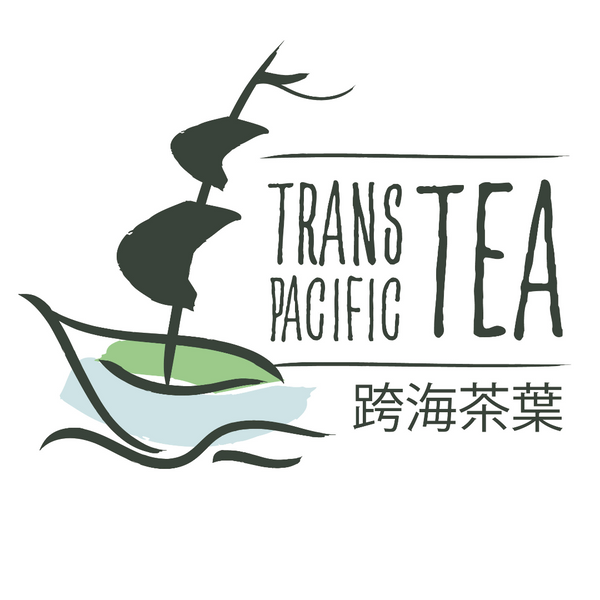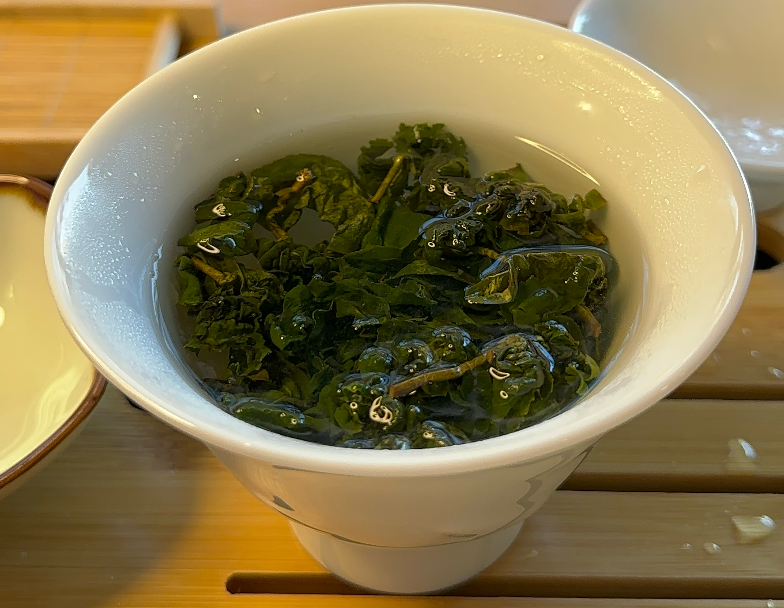Let's begin by acknowledging an important distinction: although both cultivars fall under the umbrella of oolong tea, Jin Xuan and Qing Xin teas are distinct from one another. Many people in the tea world have asked about the difference in price of Jin Xuan and Qing Xin so I would like to shed light on this topic. By exploring the unique characteristics and qualities that differentiate these teas, we can uncover the factors that influence their respective price points. Many factors contribute to the cost such as tea cultivation, processing techniques, and the intricate dynamics of teas.
When browsing for tea online, the names of the mountains or peaks where it is grown often catch our attention first. This initial information provides valuable insight into the potential quality of the oolong tea. However, it is equally important not to overlook the significance of checking the cultivar. The choice of cultivar can make a world of difference in terms of taste and flavor profiles. So, while the origin of the tea sets the stage, exploring the specific cultivar ensures a comprehensive understanding of what to expect from the tea you are considering.

Handpicked Jin Xuan usually costs anywhere from $20 to $35 for a 150g, as for Qing Xin, the prices vary a lot from $30 to hundreds of dollars for the same weight depending on the season, altitude and desirability. The main reason for the varying price of Qing Xin is due to the different altitudes that Qing Xin can be grown at.
The cost disparity between Qing Xin and Jin Xuan teas can be attributed to their distinct characteristics and the challenges of cultivating them. Qing Xin exhibits resilience to harsh winter temperatures, making it suitable for high altitude regions. In contrast, Jin Xuan is sensitive to the cold and is rarely grown at higher elevations. The scarcity of Jin Xuan tea in these areas contributes to its higher cost. Additionally, the expense of labor required to harvest tea leaves in remote mountainous terrain further impacts the price of high altitude teas. The combination of cultivar limitations and labor costs influences the availability and pricing of teas grown in challenging environments.

Jin Xuan tea is known for its rapid growth and dense foliage, showcasing its vigorous nature. This cultivar exhibits an impressive ability to flourish quickly, producing abundant leaves. The tea plants grow in a dense manner, resulting in a lush canopy of foliage. On the other hand, Qing Xin tea, while still a resilient cultivar, tends to exhibit less density in its growth. The foliage of Qing Xin tea plants is not as dense as that of Jin Xuan, giving it a slightly more open and airy appearance. These differences in growth patterns contribute to the unique characteristics and visual aspects of each cultivar.
Both Jin Xuan and Qing Xin teas possess their own distinct appeals, offering tea enthusiasts a variety of flavors to explore. However, Qing Xin tea holds a special allure due to its high mountain taste characteristics. Grown in elevated regions with cooler climates and misty conditions, Qing Xin tea captures the essence of its mountainous environment. It exhibits delicate and floral flavors, often accompanied by a subtle sweetness. The high altitude cultivation infuses Qing Xin tea with a unique terroir, resulting in a captivating and refined taste profile. This distinctive flavor profile has made Qing Xin tea highly desirable among tea connoisseurs seeking an exquisite and authentic high mountain tea experience.

